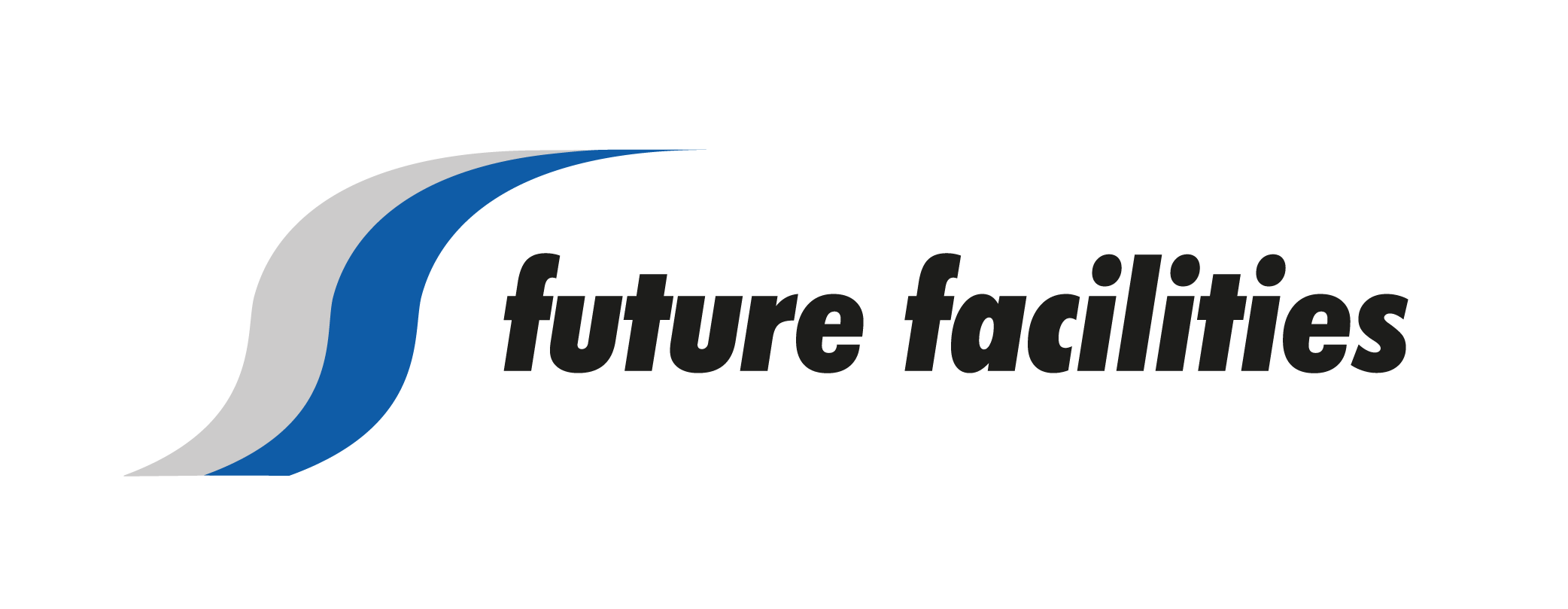Data Center IT Never Stops Evolving. Digital Twins Can Help Data Center Facilities Evolve With It

In business, unpredictability is rarely a positive trait. Unpredictable office and housing markets lead to instability in real estate, while unpredictable stock performance causes headaches in the finance world. But in the data center industry, unpredictability is the byproduct of ever-changing customer demands and exciting — and necessary — technology innovations.
“You can never predict what the next great IT innovation will be in the world of data centers,” said Sherman Ikemoto, managing director at Future Facilities, a software company focused on data center solutions. “Because of this, you can’t design a data center facility that will meet the needs of the future generation of IT equipment, because you have no idea what it is.”
Ikemoto said that while IT innovation drives the industry forward, it comes at a cost. Data center owners and operators have long made peace with the fact that in order to keep encouraging the development of bigger, better data center IT solutions, they will have to incur the cost of redesigning their facilities to accommodate them.
But what if there was a way for owners to factor in potential IT innovations and various data center components when developing or renovating their facilities before they have to make a host of costly design changes that might not pan out? While it may seem impossible without a crystal ball, Future Facilities has built a solution: a digital twin.
Digital Twins are 3D, physics-based replicas of a complex, physical system. By replicating physical systems down to minute details, they can help managers of these systems understand how they operate and how physical changes will affect performance. Ikemoto and his team have brought digital twin technology to the data center industry, with ramifications for every data center stakeholder from IT staff, to facility builders to the company behind the power and cooling network. With a twin in the virtual world, owners can model, test and verify their design concepts and simulate electronic thermal designs. It is a complete simulation of the physical data center while it is in operation.
A digital twin can mimic the physical behavior of a data center once new equipment has been installed, saving owners from potentially catastrophic consequences that can come with installing the wrong components in the wrong configuration.
“Let’s say you’re the owner of a data center and suddenly Oracle produces a new, powerful computer that you need to run an AI application, but you’re not sure how it will work in your facility,” Ikemoto said. “You can take the digital twin of Oracle’s computer, and place it into the digital twin of your center, and simulate the performance of your facility with that new unit installed, seeing in advance how the new configuration will perform.”

Ikemoto described a client that was looking to add three new IT racks into its facility that were higher-density than what the data center was designed to support. The data center operator was faced with two questions: Can these new racks be accommodated and if so, what configuration will minimize cost and risk?
Using a digital twin, the owner began experimenting with various configurations for the new racks. In the first simulation, using the configuration that he assumed would be successful, the digital twin predicted that the configuration supported by best practices would overheat existing IT units nearby and put IT services at risk.
Without the digital twin, Ikemoto said, the owner likely would have installed the new IT racks in the first configuration and experienced a compliance disaster that would have resulted in massive risk to business operations. Not only did the digital twin predict that disaster, but it also revealed the cause of it, and enabled an alternative configuration to be developed that would use the least amount of resources while still allowing the owner to install the new racks.
Data center technology is constantly evolving, but too often, Ikemoto said, it evolves in a silo. The companies manufacturing new IT components like servers, networking gear and storage units don’t communicate with the companies that build cooling solutions or the engineers who construct data center facilities. Each of these companies rarely considers the data center as a whole, instead, they are focused on delivering the best iteration of their own individual component, leaving it up to the operator of each data center to put it all together effectively.
“It’s like buying a car and deciding you’re going to install a new engine every two years without ever updating the chassis, or without the engine maker even knowing what kind of chassis you have,” Ikemoto said. “It’s not possible, you’re going to need to make adjustments to the exterior in order to add in new parts. There’s no way to predict the future of IT. But with the digital twin, there is a way to better plan for it.”
This feature was produced in collaboration between the Bisnow Branded Content Studio and Future Facilities. Bisnow news staff was not involved in the production of this content.

